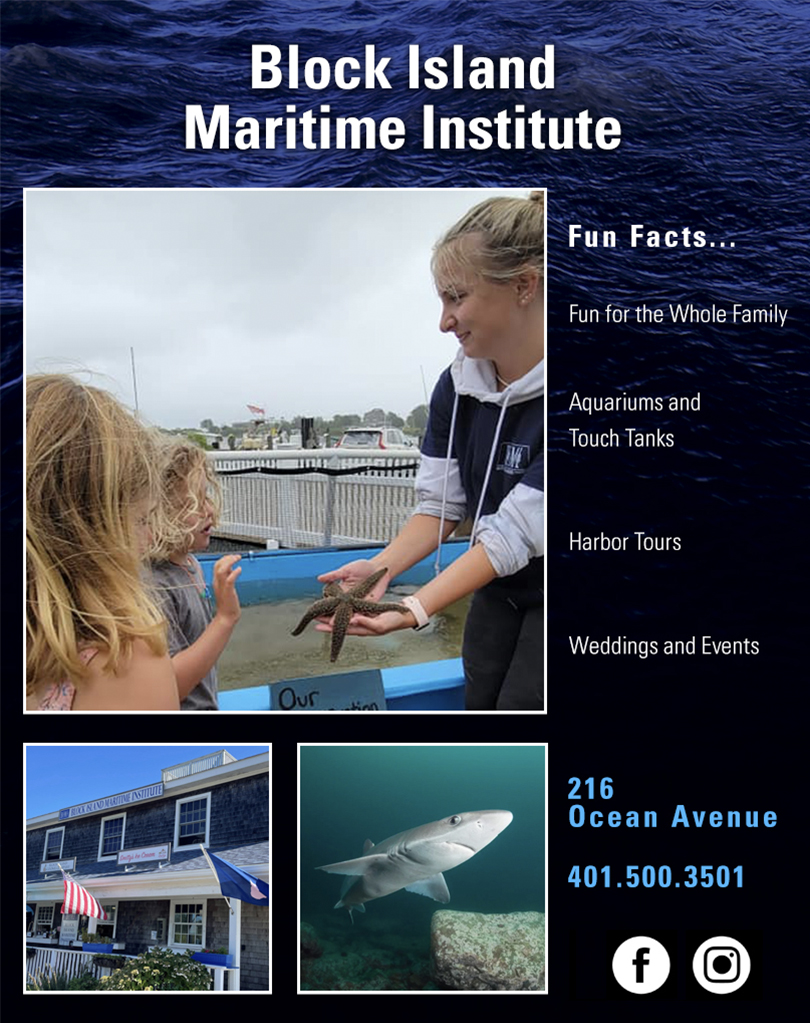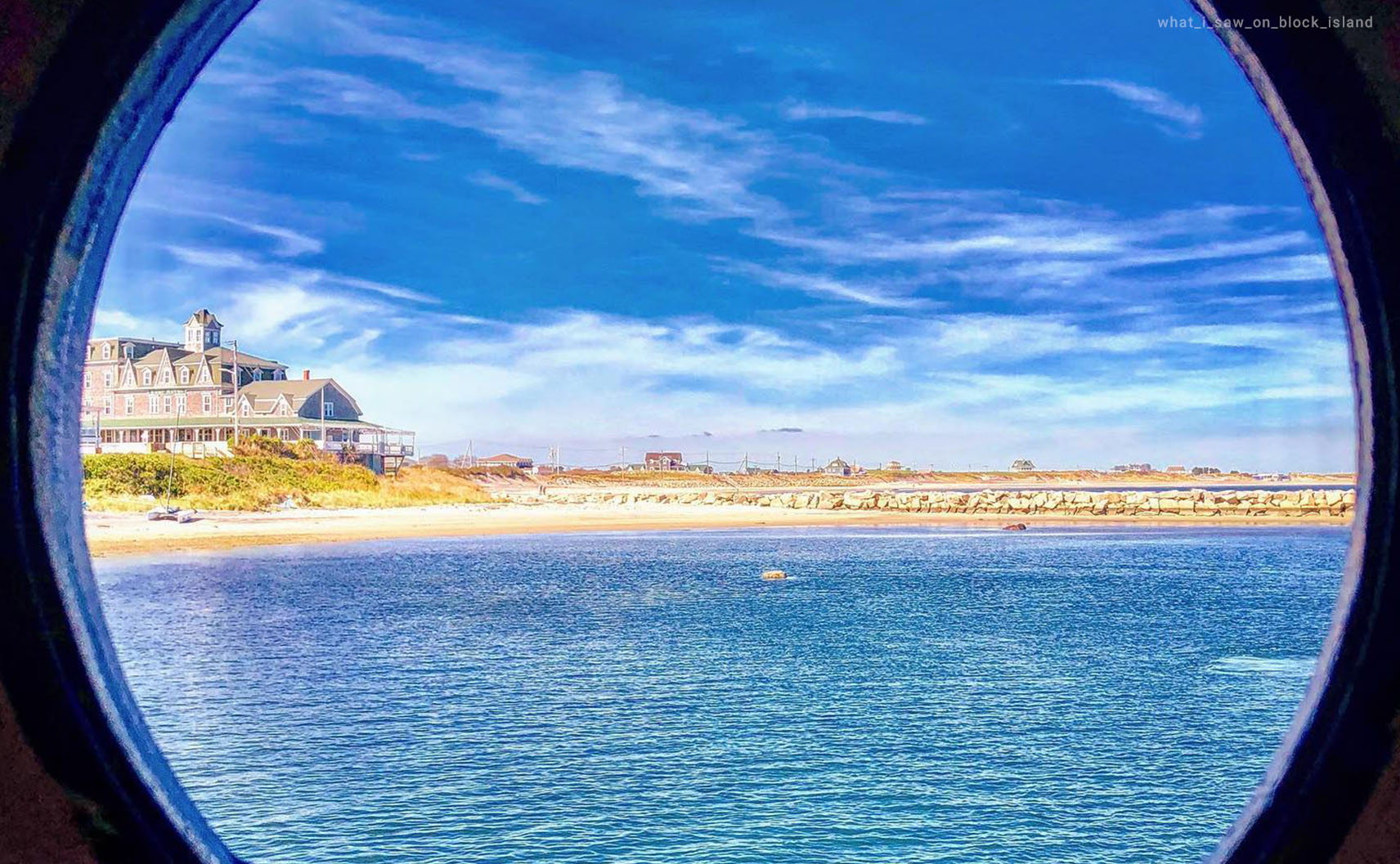
Exploring the Historical Sites of Block Island
Block Island is steeped in history, offering a rich tapestry of cultural and historical significance. Its history dates back thousands of years, with the island originally inhabited by the Narragansett Native Americans who called it “Manisses,” meaning “Island of the Little God.” European settlers first arrived in the mid-17th century, and the island quickly became a hub for maritime activities. Its historical value also lies in its preservation of natural beauty and traditional New England character. Despite modernization, the island has maintained its 19th-century charm, with many of its original buildings still in use today. The island’s commitment to preserving its history is evident in the numerous historical landmarks offer insights into its colonial and maritime heritage. This dedication to conservation has earned Block Island a place on the National Register of Historic Places, underscoring its importance as a living repository of American history.
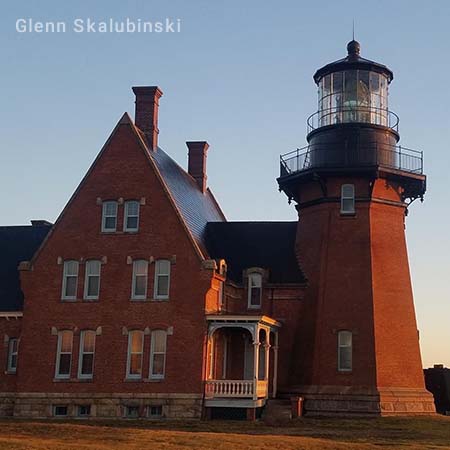
Southeast Lighthouse
One of the most iconic landmarks on Block Island is the Southeast Lighthouse, perched atop the Mohegan Bluffs. This historic lighthouse, built in 1875, stands as a testament to the island’s maritime heritage. The 52-foot tall brick tower, with its distinctive green light, was originally constructed to guide ships away from the dangerous shores of the island.
The Southeast Lighthouse is not just a functional beacon; it’s a piece of living history. In 1993, due to the threat of erosion, the entire lighthouse was moved 300 feet inland—a remarkable feat of engineering. Visitors can tour the lighthouse and its museum to learn about its history and the fascinating story of its relocation. The breathtaking views from the lighthouse, particularly in the fall, when the surrounding landscape is ablaze with autumn colors, make this a must-visit site.
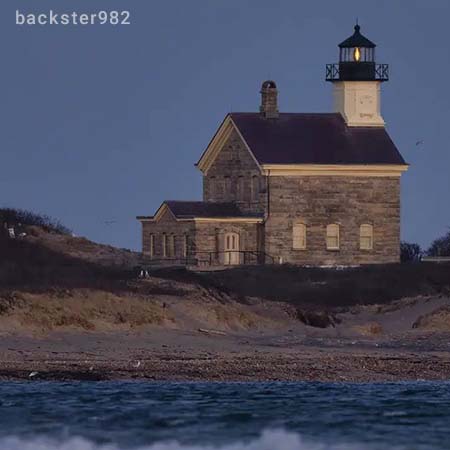
North Lighthouse
At the opposite end of the island, you’ll find the North Lighthouse, another key historical site on Block Island. This lighthouse, built in 1867, is located at Sandy Point, a remote and serene spot where the Block Island Sound meets the Atlantic Ocean. The North Lighthouse has a rich history of guiding ships safely through the often treacherous waters surrounding the island.
Today, the North Lighthouse is home to a small museum that offers insights into the island’s maritime history, including shipwrecks, local legends, and the lives of the

Rodman’s Hollow
For history enthusiasts who enjoy the outdoors, Rodman’s Hollow is a site that combines natural beauty with historical significance. This 230-acre glacial outwash basin is a preserved natural area that offers a glimpse into Block Island’s geological history. In the 1600s, the area was a farming settlement, but over time, it has reverted to a wild, untouched state.
Walking through Rodman’s Hollow in the fall, you can imagine the early settlers who once worked the land here. The trails wind through forests and open fields, leading to stunning views of the ocean. It’s a peaceful and contemplative spot that connects visitors with the island’s ancient past.
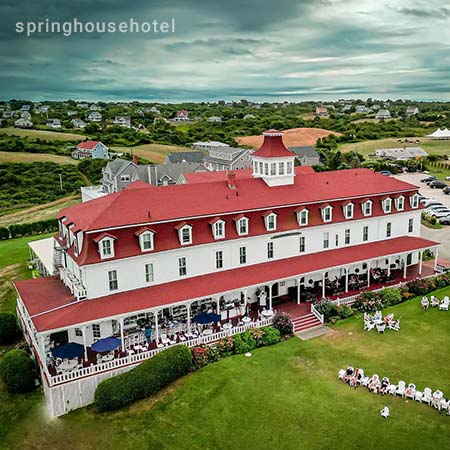
The Spring House
The Spring House is a testament to the island’s rich history and enduring charm. Built in 1852, this Victorian-style hotel stands as one of the oldest and most iconic structures on Block Island. Its grand architecture, featuring expansive porches, a mansard roof, and elegant detailing, reflects the opulence of 19th-century design. The Spring House has hosted countless visitors over the years, including notable figures like Ulysses S. Grant, and continues to be a beloved landmark, offering guests a glimpse into the island’s storied past.
Beyond its architectural significance, the Spring House embodies the cultural heritage of Block Island. As one of the few remaining grand hotels from the era, it represents a bygone time when Block Island was a retreat for the wealthy and influential.
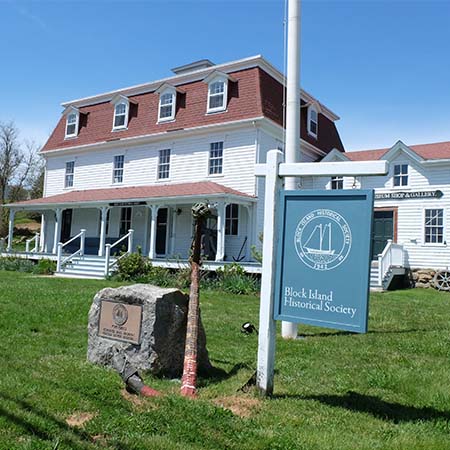
The Block Island Historical Society Museum
To truly appreciate the history of Block Island, a visit to the Block Island Historical Society Museum is essential. Located in a charming 19th-century farmhouse in the Old Harbor area, the museum offers a comprehensive look at the island’s past, from its Native American heritage to its colonial days and beyond.
The museum’s exhibits include artifacts, photographs, and documents that tell the story of Block Island’s development over the centuries. The museum also offers walking tours of the Old Harbor area, where you can see historic homes, churches, and other buildings that date back to the island’s early days.
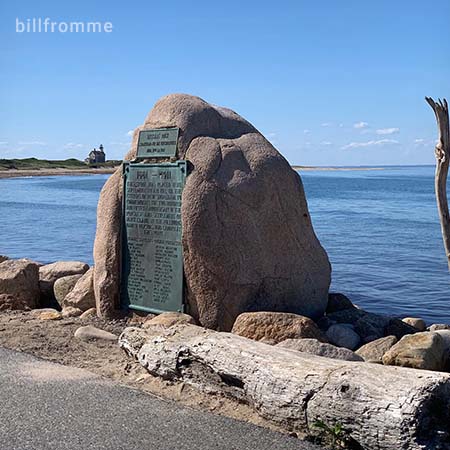
Settlers Rock
Settlers Rock on Block Island holds a significant place in the island’s history as a memorial to its earliest European settlers. Located at the northern tip of the island, this large boulder is inscribed with the names of the original families who arrived in 1661 from the mainland, marking the beginning of permanent European settlement on Block Island. The rock serves as a physical reminder of the island’s colonial past and the perseverance of those early settlers who established a community in this remote location, facing the challenges of isolation and the harsh Atlantic environment.
Block Island’s historical sites are more than just landmarks—they are gateways to the past, offering insights into the island’s rich and varied history. Visiting these sites in the fall allows for a more intimate and reflective experience, as the island’s natural beauty and serene atmosphere provide the perfect backdrop for a journey through time. Whether you’re a history buff or simply looking to connect with the island’s heritage, these sites are sure to leave a lasting impression.
Dive into history and Sail Away…








